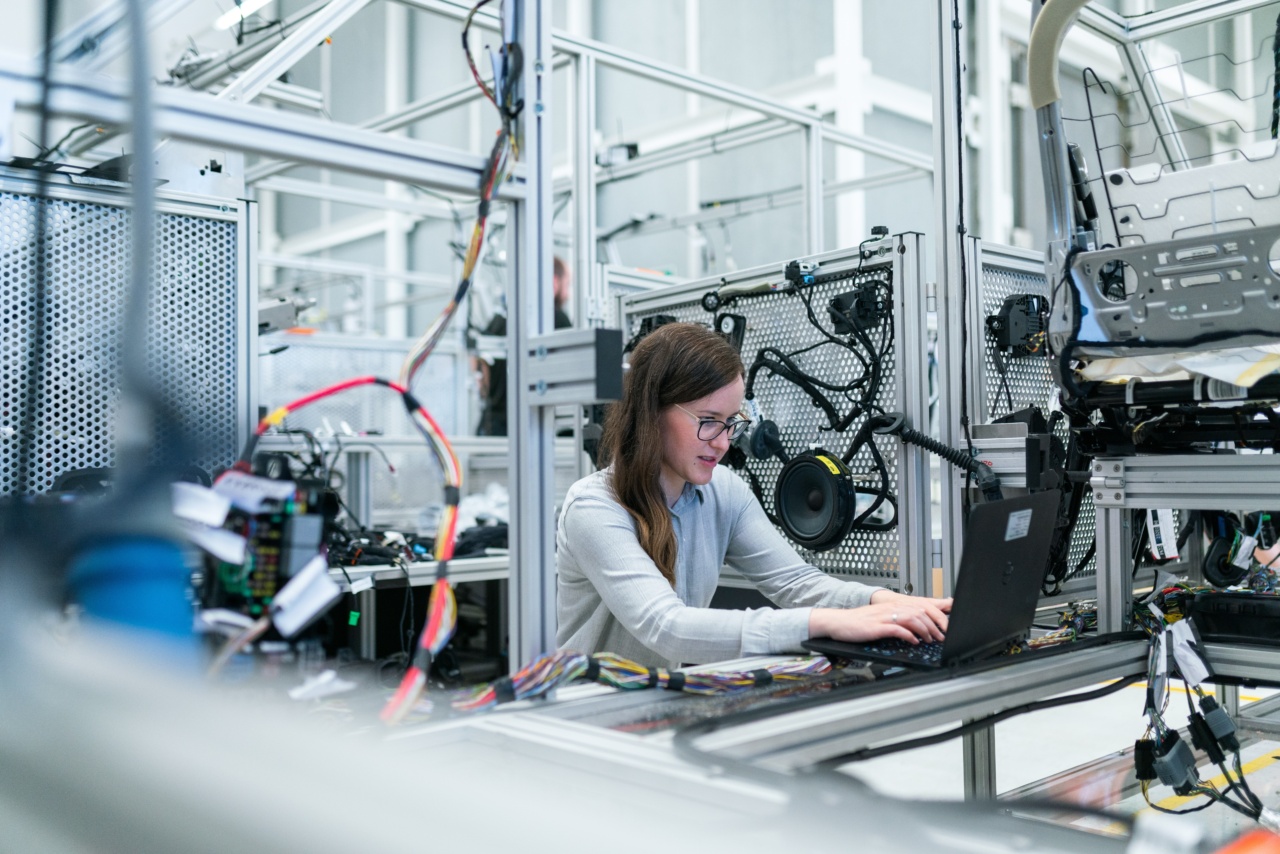Regenerative medicine is a relatively new field of medicine that aims to develop ways to regenerate, repair, or replace damaged or diseased cells, tissues, or organs.
This field has made significant advancements in recent years, and its implications for DNA and genetic testing are becoming increasingly apparent. In this article, we will explore these advancements and their potential impact on DNA and genetic testing.
Stem Cell Therapy
One of the major breakthroughs in regenerative medicine is the development of stem cell therapy. Stem cells are unique cells that have the ability to differentiate into various cell types.
Stem cell therapy involves using stem cells to replace or repair damaged or diseased tissues. This therapy has the potential to treat a wide range of diseases and injuries, including heart disease, diabetes, and spinal cord injuries.
Gene Editing
Another area of regenerative medicine that has gained significant attention is gene editing. Gene editing involves modifying DNA to correct mutations or introduce new traits.
This technique has the potential to treat genetic disorders, such as cystic fibrosis and sickle cell anemia.
3D Printing
3D printing is another avenue of regenerative medicine that has shown great promise. By using 3D printers, scientists can create complex structures, such as organs, tissue scaffolds, and prosthetics.
This technology has the potential to revolutionize the field of organ transplantation, as patients could potentially receive custom-made organs that are an exact match for their bodies.
Implications for DNA Testing
As regenerative medicine continues to advance, the implications for DNA testing are becoming increasingly apparent. DNA testing is already widely used to diagnose genetic disorders and identify predispositions to certain health conditions.
With regenerative medicine, DNA testing could become even more important in the diagnosis and treatment of diseases.
Personalized Medicine
Regenerative medicine also has the potential to usher in a new era of personalized medicine. By using a patient’s own stem cells or tissue, doctors could create custom treatments that are tailored to the patient’s specific needs.
This approach could lead to more effective treatments with fewer side effects.
Challenges
Despite the immense promise of regenerative medicine, there are still significant challenges that need to be overcome. One major hurdle is the high cost of these therapies.
Stem cell therapy and gene editing are currently prohibitively expensive for most patients. Additionally, concerns have been raised about the safety and ethics of gene editing, particularly around the potential for “designer babies.”.
Ethical Considerations
Regenerative medicine also raises a number of ethical considerations. One major concern is the use of embryonic stem cells.
While these cells have the potential to be used in groundbreaking therapies, the use of embryonic stem cells is controversial because it involves the destruction of embryos. Additionally, concerns have been raised about the potential for uneven access to these therapies, as they are likely to be expensive and may not be covered by insurance.
Conclusion
Regenerative medicine is an exciting and rapidly evolving field that has the potential to transform healthcare as we know it. Stem cell therapy, gene editing, and 3D printing all offer new avenues for treating a wide range of diseases and injuries.
However, there are still significant challenges that need to be overcome in order to make these therapies widely available and affordable. As regenerative medicine continues to advance, its implications for DNA and genetic testing will become increasingly important.



























